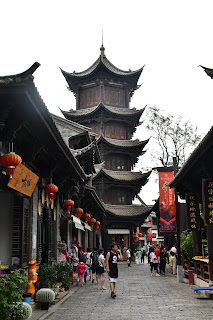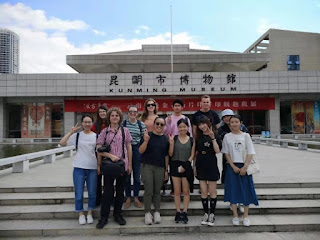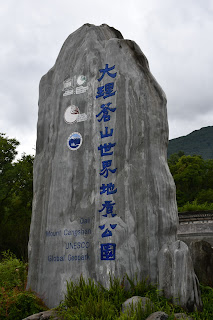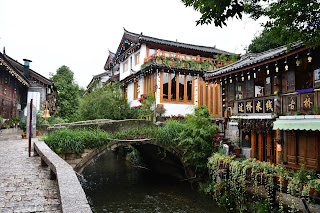Cheer up, captain; buy a flower off a poor girl?

This Friday, Sun Laoshi’s students in Kunming had another dinner with our teacher. She took us to a very good vegetarian buffet. Over plates brimming with tofu, fake meat, and vegetables, we discussed everything Chinese (sorry, this is a rather obscure pun on the name of last semester’s textbook), from the Kunming dialect to the national curriculum. Sun Laoshi told us an interesting legend about why – as I mentioned previously – Lijiang’s old town does not have city walls. Lijiang’s erewhile ruler had the family name Mu ( 木 ), which becomes Kun ( 困 ), if you draw four lines around it – or walls, so to speak. Kun, however, means “hardship” or “to surround,” neither of which would be auspicious for a city.










